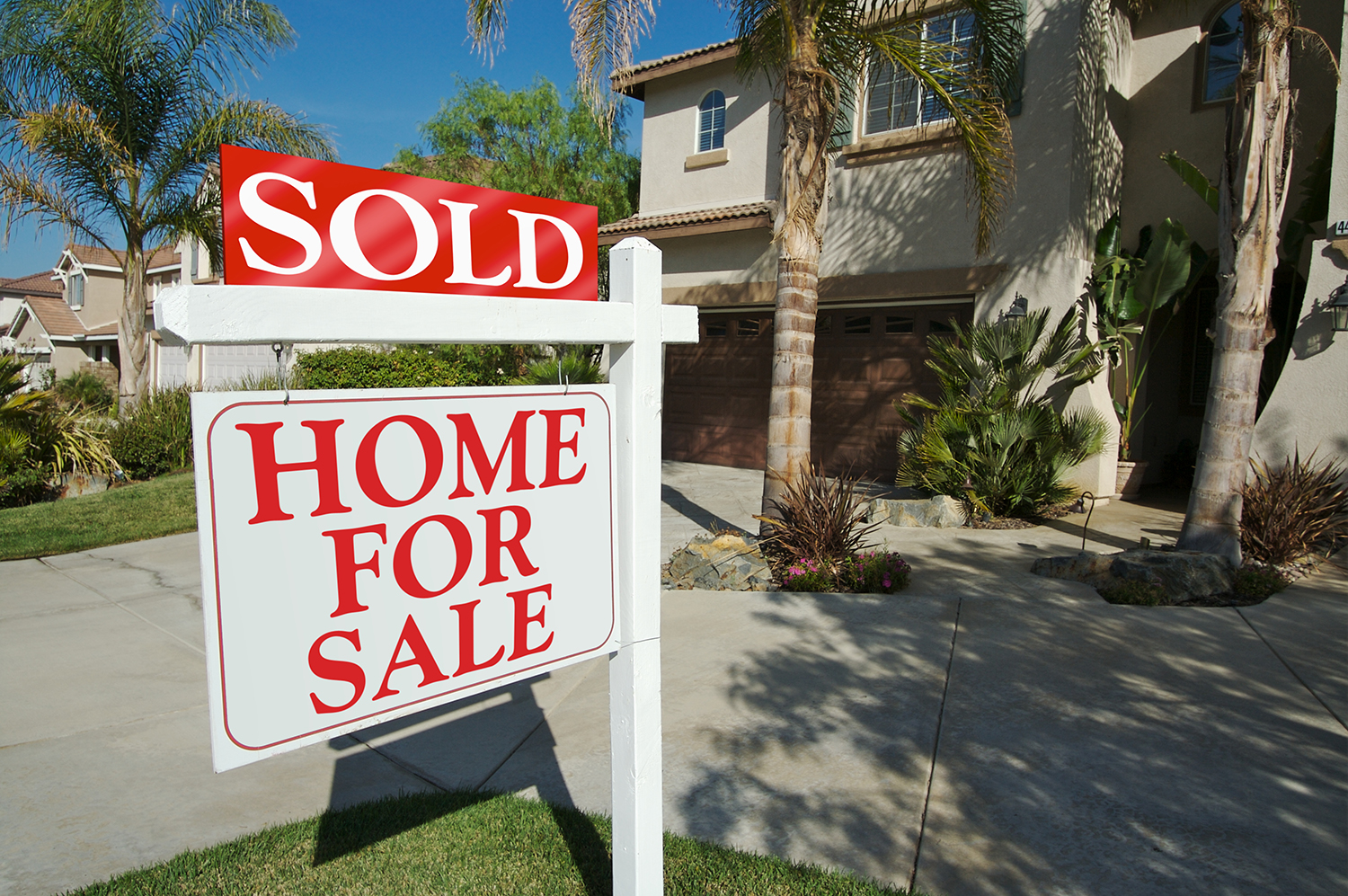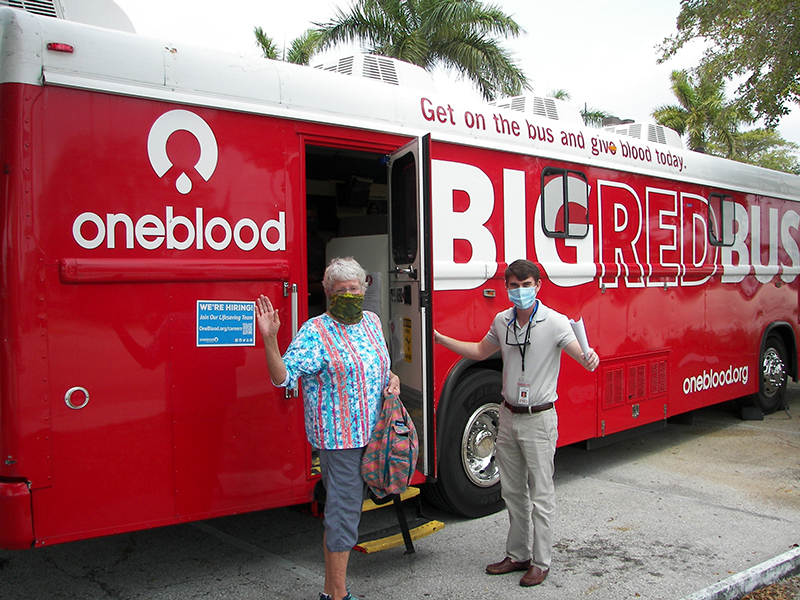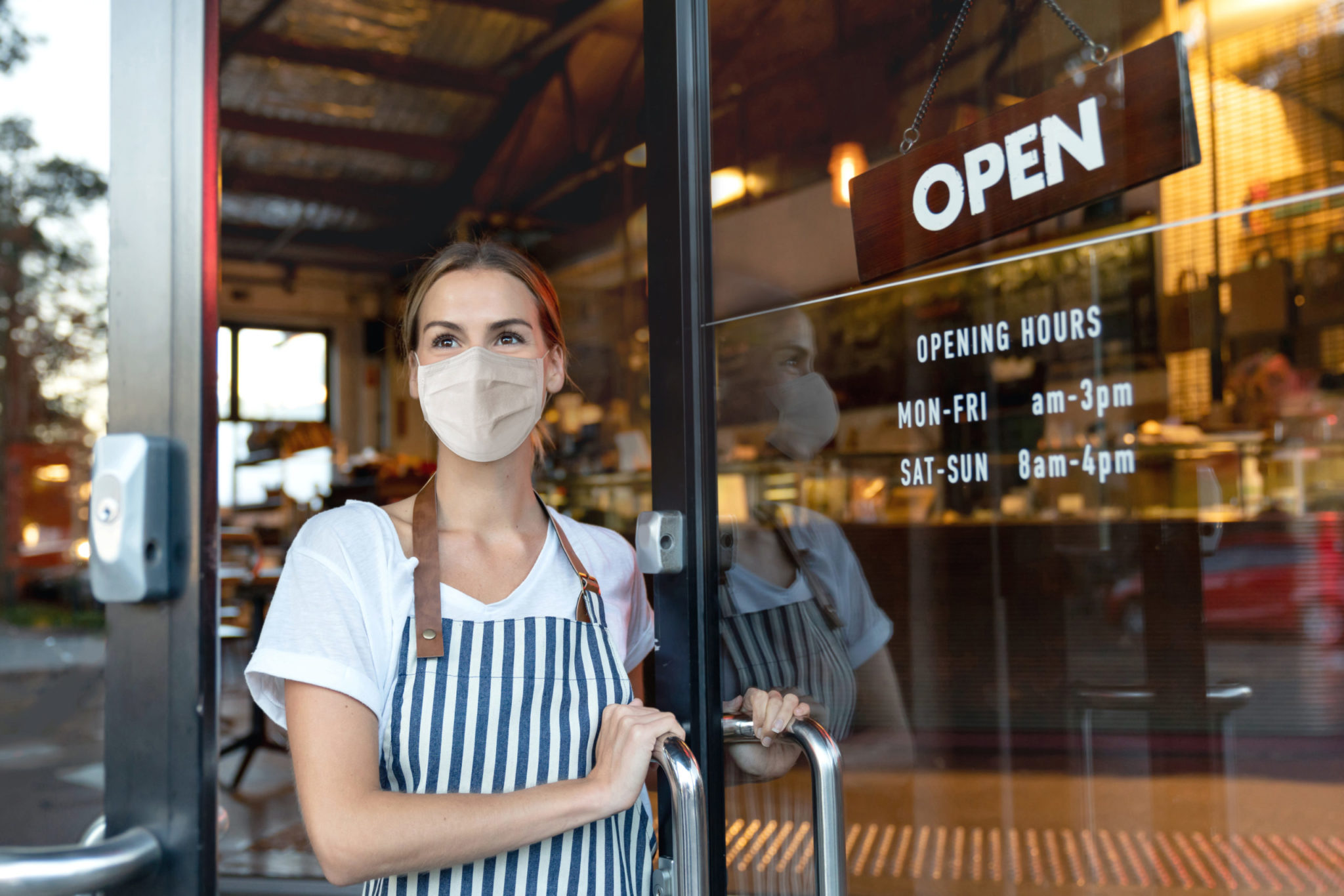The COVID-19 pandemic will accelerate the ongoing trend of wealthy northeasterners moving to South Florida, some developers and brokers are predicting.
David Siddons, an executive director with Douglas Elliman, said at the beginning of April that daily inquiries from out-of-state prospective buyers had jumped from 10 to 15 per day to about 85 per day.

“The coronavirus pandemic is creating an existential awakening for many out-of-state investors, which is redefining South Florida real estate,” he said. “As coronavirus continues to elevate awareness of the fragility of human life and the importance of ‘seizing the day,’ trends that have been emerging the past decade are gaining newfound momentum.”
Adding to the weather, lifestyle, pricing and tax advantages to South Florida: Those working from home during the pandamic are realizing that technology, such as Zoom, could make them productive working in South Florida. Transplants also may feel more comfortable in a less dense urban area, he said.
He offered one recent example of the economics: A client sold his Manhattan apartment for $6 million, purchased another Manhattan apartment for $4 million, freeing up $2 million to purchase and finish a $5 million waterfront home in Miami. With the annual tax savings of $200,000 and 3 percent interest rates on his mortgage, his monthly out-of-pocket costs to own both properties in Miami and New York is the same as when he owned the $6 million apartment alone, Siddons said.
New York developer Shahab Karmely of KAR Properties, said, “People who can, and who are fortunately able to, will leave New York City.”
The top destination for New Yorkers will be the Hamptons on Long Island, which is where Karmely was when he was interviewed via telephone. He says the No. 2 spot will be South Florida, in particular, the Miami area, Wellington, Palm Beach and Boca Raton.
“I am willing to bet this will be Miami’s busiest July and August in the past 30 years, Karmely says. “The shutdown will make people realize that quality of life, climate and open space are important elements of life. Miami compares very, very well to other wealth centers of the United States in offering that quality of live and urban area outdoor lifestyle.”

One of Karmely’s projects is 2000 Ocean in Hallandale Beach, which is offering a dizzying array of amenities for $1,000 a square foot. In New York City, developers sometimes have to pay $1,000 a square foot just for air rights, he notes. Hallandale Beach is also a bargain compared with Miami Beach where prices of $2,000 a square foot are common.
Karmely expected to top off his project by the end of April. Half-floor, built out units with marble floors at start at $2.8 million and go to more than $4. Five full-floor penthouses go for $10 million to $12 million.
Karmely brings the perspective of an Iranian Jew who had to flee his homeland during the Islamic revolution. He says the United States is a wealthy, safe country with a great democracy and will continue to attract international buyers. “The inflow will be coming in very quickly with people saying, ‘The next time there is trouble, where do I want to be?”
Lenders were still issuing construction loans amid the pandemic.
Lennar Corp. received a $44.88 million loan for its 11-story, 189-unit Wynwood Green apartment complex in Miami. Shoma Group closed on a $17.6 million construction loan for the 43-unit Ten30 South Beach condominiums.
“We are very proud to secure construction financing with ACRES Capital for Ten30 South Beach as we step closer to delivering this compelling project to Miami Beach,” said Masoud Shojaee, CEO of Shoma Group. “Especially in today’s current climate, this closing is an endorsement of the market appeal of Ten30 as we continue our forward momentum bringing this attractive proposition to the Miami Beach market.”
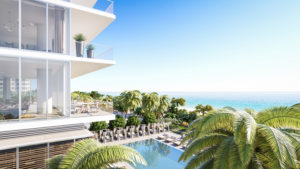
Other projects continued construction into April.
Ocean Delray was recently working on its first-floor slab and expects delivery in the first half of 2021. The 19-unit project has units priced from $5.7 million to $10 million.
John Farina, president and CEO of U.S. Construction, which is developing Ocean Delray with National Realty Investment Advisors, said he’s also seeing Northeasterners think about their long-term plans.
“Should something like this coronavirus pandemic happen again, it seems like they would rather be in a place like Delray Beach, in a large and very comfortable residence overlooking the ocean versus over-crowded Manhattan,” he says.
Buyers may also pay more attention to wellness aspects of their property.
Villa Valencia, a recently launched 39-unit residential development in Coral Gables is the first U.S. condominium project to partner with Delos’ Darwin, a pioneering intelligence network that delivers clean, fresh air, energizing light and pollutant-reduced water. The system is accessed at home through a touchscreen panel and remotely on a mobile app. Villa Valencia has 39 units costing up to $14.9 million.
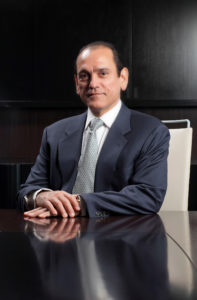
Loans for buyers at low rates could be a challenge for some, says Henry Torres, president and CEO of The Astor Cos. in Coral Gables, which developed Merrick Manor in that city.
“Borrowers are certainly responding to the historically low interest rates and looking to lock in low rates for new purchases or refinancings, but it’s not automatic,” he says. “For banks, the risk level is much higher. They are only giving low rates if the borrower’s credit score is very high and the relationship with the individual banker is strong. The banking system is largely focused on putting out fires right now and is not so much interested in lending.
They will get more active when they see a light at the end of the tunnel.” ♦
Real estate guru gives market overview
As April began, buyers weren’t visiting real estate offices in person, says Brad Hunter, managing director of RCLCO real estate advisers.

Hunter, who lives in West Palm Beach, cited a survey by the National Association of Home Builders that found 81 percent of respondents were experiencing an adverse impact of traffic from prospective home buyers.
“It’s probably closer to 100 percent now with the escalating lockdowns,” Hunter said.
Just over half of homebuilders were having problems getting building materials, an issue that’s started amid the trade war with China.
There is also growing concern about tighter lending conditions for nonconforming mortgage loans, Hunter said. Buyers who have debt-to-income ratios higher than 43 to 45 percent or those who are self-employed are now having a lot of difficulty getting mortgages.
He expects landlords to emphasize retention of residents, which will mean giving them some leniency in the near term. Hunter also expects downward pressure on rents in the next few months and property owners asking lenders for forbearance.
In the longer term, Hunter expects a continued strong demand for multifamily.
Lease renewal rates were strong before the crisis, and apartment construction nationally was running at more than 500,000 units annually right before the crisis, so it has some ground to give, he says.
Class “B” properties will likely fare better than expensive “A” properties or Class “C” developments that may be more susceptible to job losses and lost income among tenants.
Some renters will “double up” and more “boomerang kids” will move back with their parents in the near term, he says.
“Underlying positive long-term rental trends will reassert themselves after the crisis passes,” Hunter predicts. While the second quarter will be negative, the second half could be positive with a little luck.
“The optimistic case is that, unlike in the Great Recession, once the virus is contained, and immunity starts to take hold in the population, even though supply chains will take some time to re-engage, it won’t be like the cold-start that followed the housing and mortgage crash,” Hunter says. “The cycle could look like a “V,” or possibly more of a narrow “U,” with a sharp drop but also a strong upswing, coming at some time in the second half of this year.”


